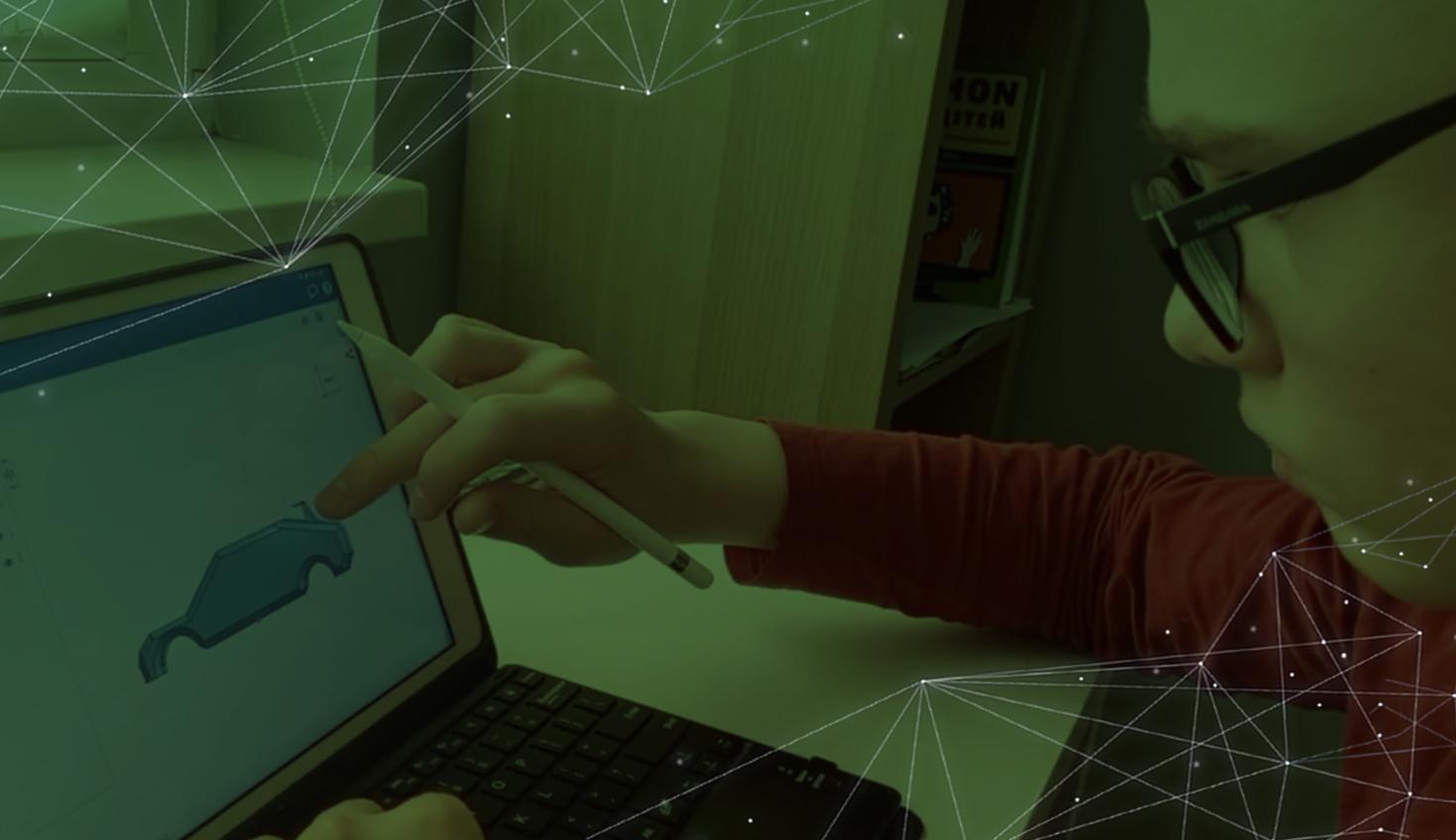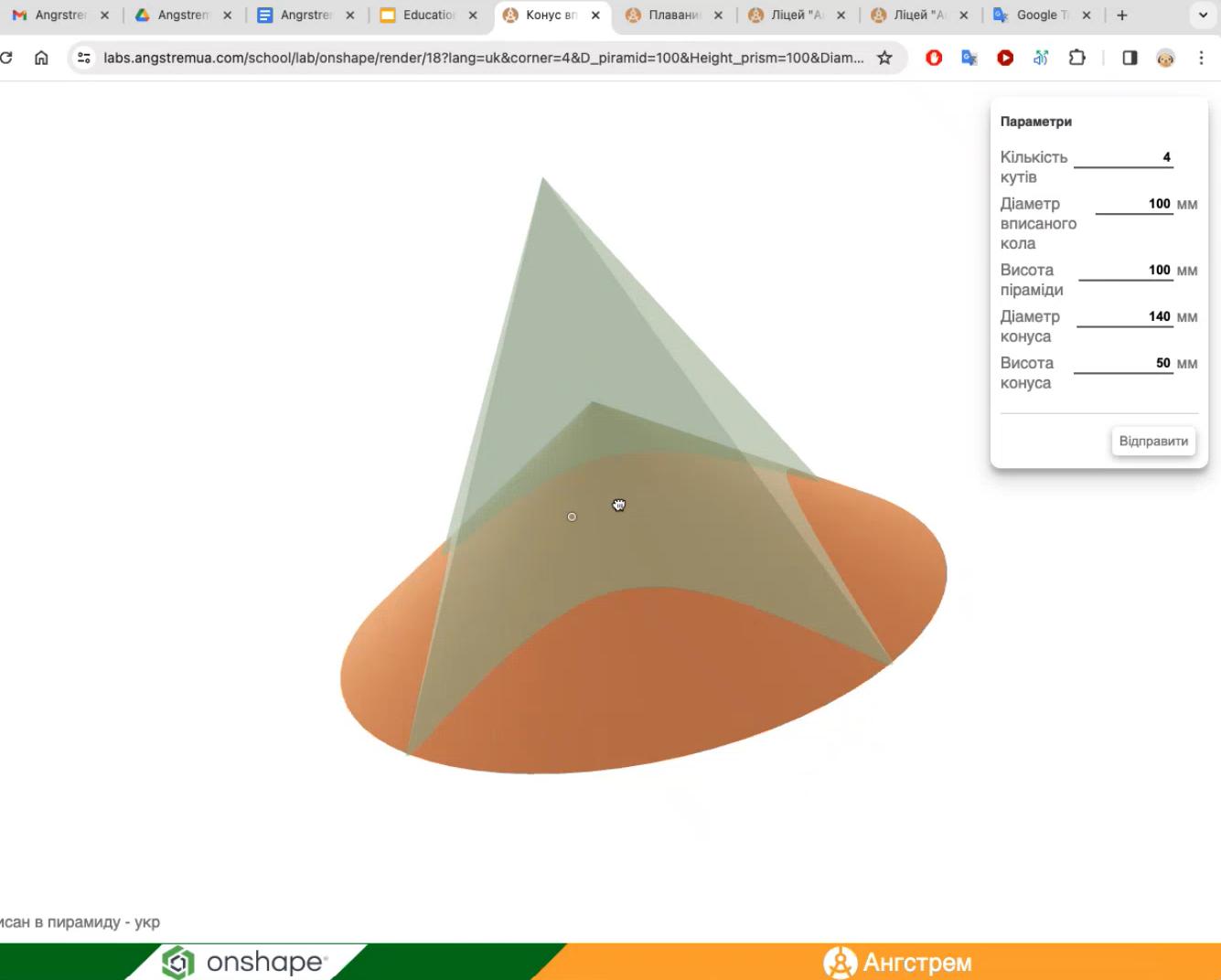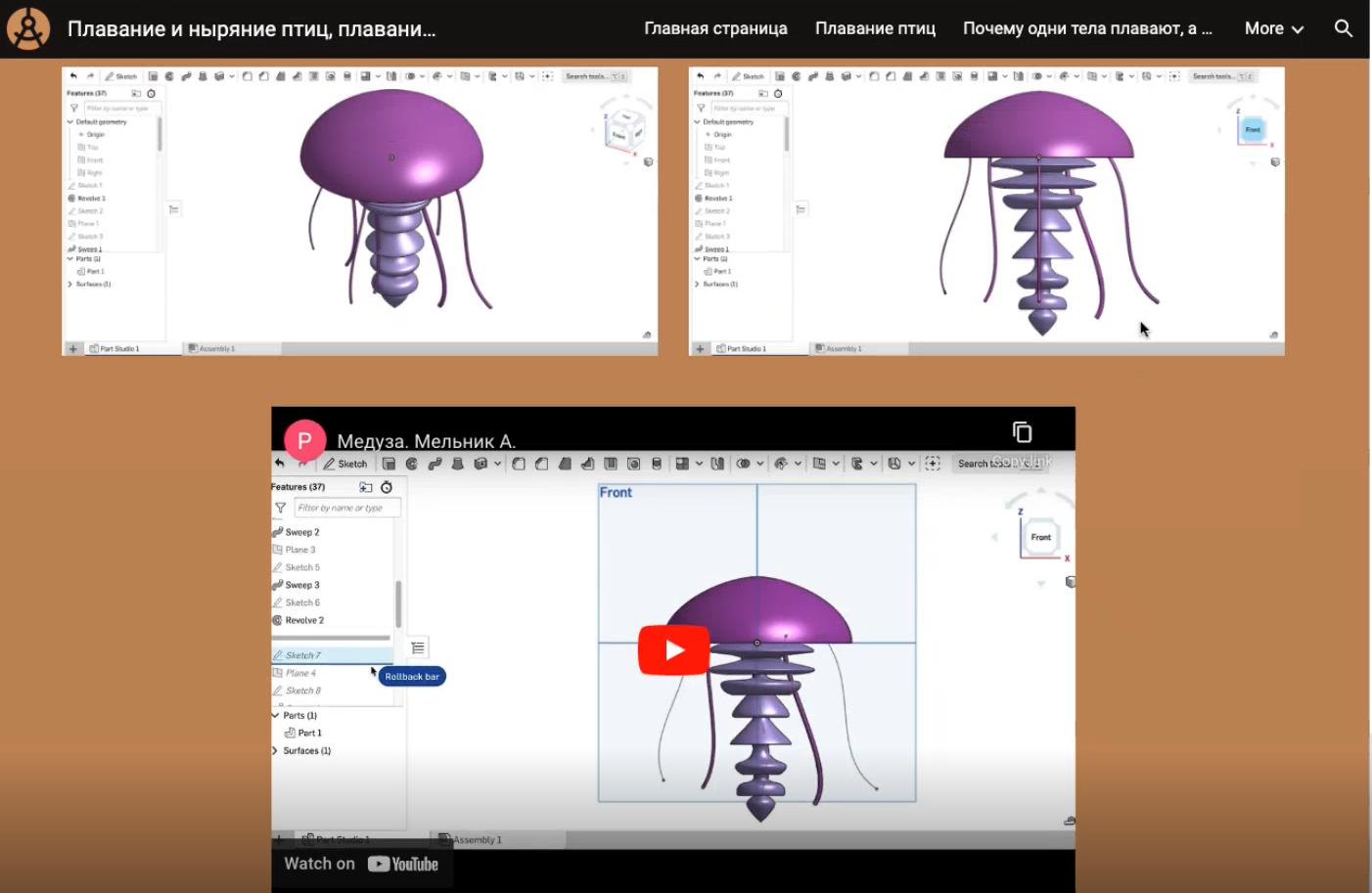
5:44
Providing access to education in a changing world.
The work that Alyona Dudinova and Michael Baytalsky do is instrumental in shaping the futures of the children who attend their classes at the Ukrainian Lyceum Angstrem.
But it’s not just formal skills that are being taught here. Human connection, empathy, and compassion are an integral part of the teaching process at Angstrem, where students and teachers alike agree that the future ahead is still a bright one.
“Lyceum Angstrem is a standard school,” Dudinova says.
But there’s nothing standard about their journey if factoring in the context in which they conduct their work with students: The ongoing war in Ukraine.
Learning at Lyceum Angstrem
Dudinova and Baytalsky are the two founding partners of Lyceum Angstrem, and they’ve been on this journey together for many years. Dudinova is the school's principal, and Baytalsky is the head of software development.
Students are located in different parts of the world, and the entire learning process is conducted remotely through the school's learning platform, which was developed in-house to accommodate the exceptional circumstances faced by both students and teachers.
Lyceum Angstrem is one of the first and largest distance education schools in Ukraine.
“We were one of the first to create an educational platform where the whole educational process takes place online,” Dudinova says.
The institution was established in 2015 to provide education access to children who were deprived of the chance to receive it for various reasons. This includes vulnerable groups such as children with special needs, children living in communities geographically distant from schools, children living in areas of active conflicts, or gifted children who are capable of accelerated learning.
“In 9 years, we have taught about 17,000 Ukrainian children living in 37 countries,” Dudinova shares.
Angstrem Lyceum covers all the subjects and disciplines that are required by the standard state curriculum, adapted for remote learning. They work with students from elementary, middle, and high school levels.
“We teach engineering/CAD courses as optional courses,” Dudinova explains. “We do it to give our students the chance to learn state-of-the-art technologies that could be good for their future professional career.”
Creating a Safe Space to Learn
Angstrem Lyceum started in a more traditional setting with in-person, offline classes.
“But then the pandemic started,” Baytalsky says, “and the offline process was completely taken off the table.”
Then new challenges arose after the war started.
“Most of our students are now in Ukraine, where air raids continue unabated, and there are blackouts, communication problems, water shortages, and lack of heating,” Baytalsky says. “The students who had to leave Ukraine are often in a difficult psychological state.”
It’s never easy to find hope when your everyday reality changes so drastically.
“The school’s task is to find new approaches to motivate kids to learn and organize a more psychologically comfortable and safe learning space,” Dudinova adds.
Leveraging Educational Tools
They’ve been leveraging Onshape for a couple of years now for all middle school and high school students, but they’ve expanded its use to younger students as well. One of the reasons they picked Onshape is that it is cloud-native and easily accessible from any location or device. Collaboration was a key component of the learning process, as was the way it was designed by Dudinova and Baytalsky.
“We see the advantage of Onshape in the ability to collaborate remotely, ease of access, fewer technical requirements and limitations,” Dudinova says. “For two years, this project has become a serious psychological outlet for over 400 of our students, including this year’s cohort. These children – who are in Ukraine – are able to shift their attention from the hardships of war to interesting learning projects on which they can collaborate live. Children who have fled to other parts of Europe are able to maintain their social ties and feel connected to their peers.”

The Onshape API was used to integrate the CAD system with the learning platform that Baytalsky created for the school, ensuring a seamless children’s experience.
For example, in the stereometry course, students can change the parameters of the shapes they see on the platform, and Onshape instantly returns the updated shapes and simulates how they can interact with other models. Students learn about concepts from biology, geography, physics, history, and more, and have the chance to connect with their peers and exchange live feedback.

“At a time of war and deprivation of human contact, our students can realize their creative abilities, master the basics of modern technology, and communicate with their peers,” Baytalsky emphasizes.
Accommodating Each Student’s Needs
Angstrem Lyceum has students between the ages of 6-17 years old, so the content, topics, and approaches are adjusted depending on the student.
“Each student has an individual learning trajectory. And in a lot of cases, students coming in hardly know each other,” Dudinova says.
Learning collaboratively allows students to develop essential social skills, such as active listening, expressing ideas, and coming up with the best solutions.
When working with such a diverse age group, it is important to understand what each student is preparing for.
Dudinova summarizes it perfectly: “For older students, working with Onshape is a step towards their future profession. For the younger ones, it’s an interesting and captivating game.”
Enabling students to discuss, explore, and ask questions prepares them for an unpredictable future. Exposing them to STEM subjects in a space that fosters creativity and curiosity equips them with the necessary skills to change their lives.
“We teach them different approaches to identify and solve complex problems, implement ideas, experiment and learn through iterative processes and feedback,” Dudinova says.
Teachers at Angstrem Lyceum have created hands-on Onshape workshops, where students have to promote their ideas, present in front of the virtual classroom, and come up with the next steps for implementing their projects.
“What’s really exciting for us about Onshape is the ability for Onshape to connect students,” Baytalsky says. “The ability for students to work in groups and teams. It’s sort of an educational social network per se, so that value out of Onshape has been really critical for us to accomplish the desired results, and now there are interesting themes emerging, which are allowing students of different ages to collaborate on the same projects.”
Looking to the Future
The sad reality is that the situation in Ukraine is still uncertain. Tomorrow might have different challenges, but Dudinova and Baytalsky remain positive.
“The school shapes the mindset, behavior, and skills that our students will use in the future,” Dudinova says. “We help children develop their imagination, freedom, and willpower to build a life in a rapidly changing world.”
The classes taught at Angstrem Lyceum cover a wide range of skills, ensuring that the students are equipped to deal with life's uncertainty.
“The goal really is to make sure they grow up with the sense of resiliency and adaptability,” says Dudinova.
Get Started with Onshape Education
Onshape for Education brings CAD out of the computer lab and into the modern era.
Latest Content

- Case Study
- Automotive & Transportation
Zero Crashes, Limitless Collaboration, One Connected Workflow With Cloud-Native Onshape
12.04.2025 learn more
- Blog
- Aviation, Aerospace & Defense
- Branching & Merging
- Custom Features
- Learning Center
- Onshape Government
Why Aerospace & Defense Teams Choose Onshape for Product Development
12.18.2025 learn more
- Blog
- Evaluating Onshape
Cloud-Native CAD 2025 Wins: Revenue Growth, Real-Time Collaboration, Unified CAD-CAM
12.17.2025 learn more
- Blog
- Becoming an Expert
- Assemblies
- Simulation
Mastering Kinematics: A Deeper Dive into Onshape Assemblies, Mates, and Simulation
12.11.2025 learn more



